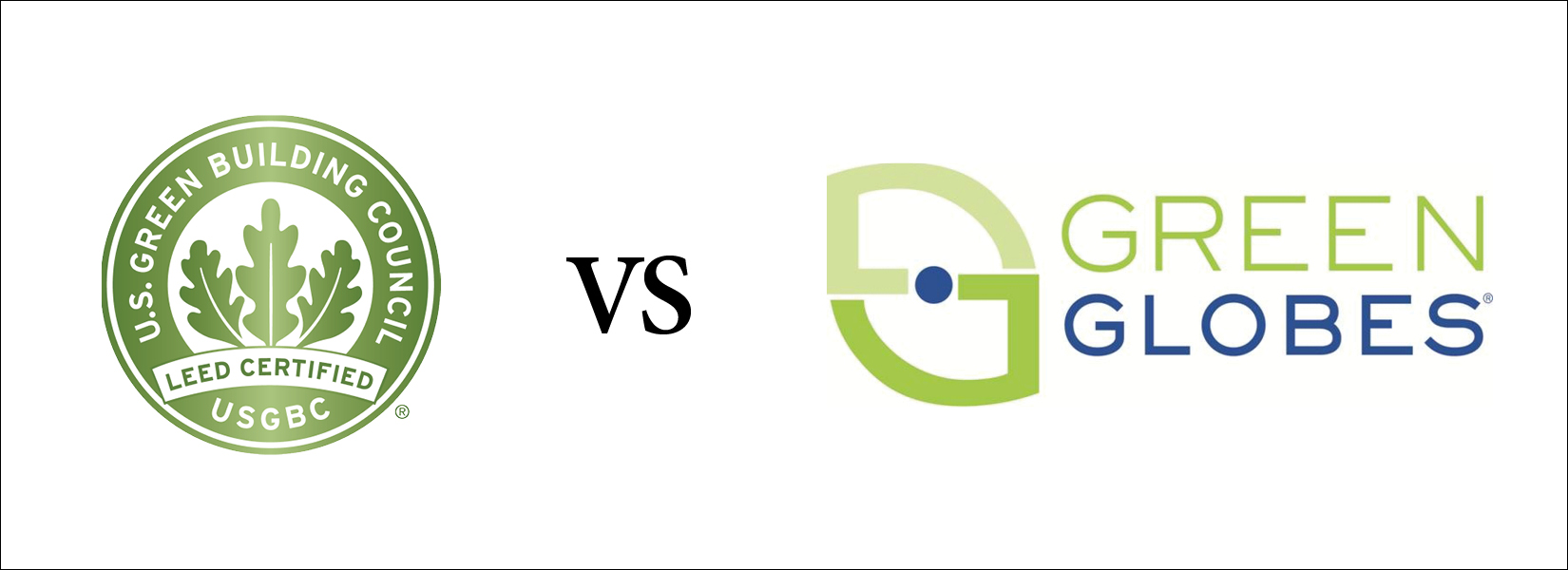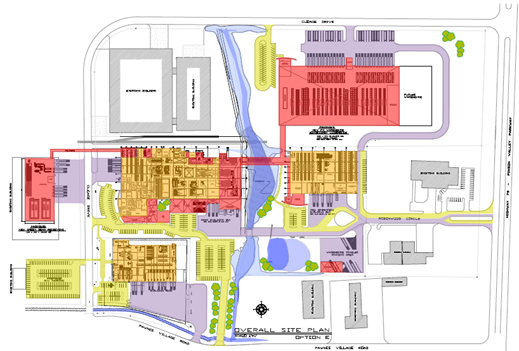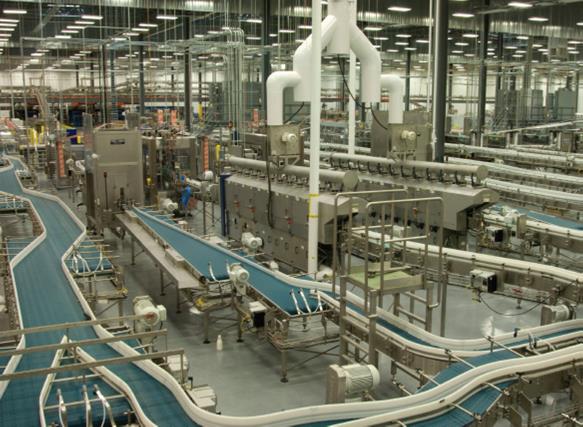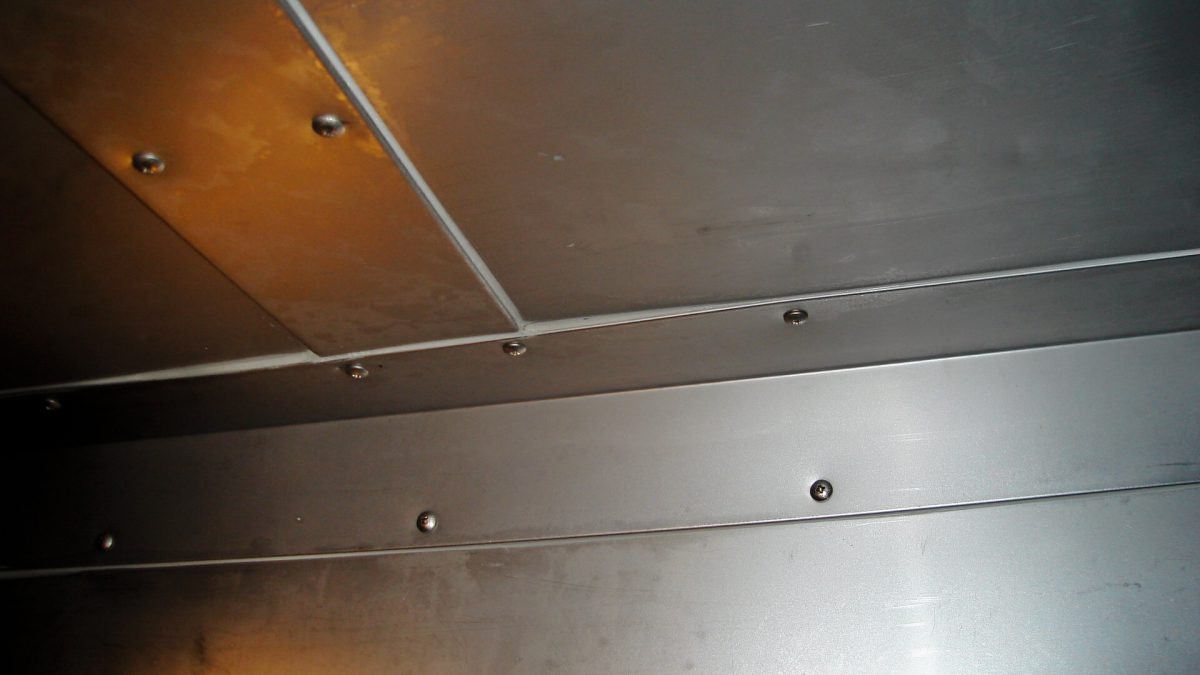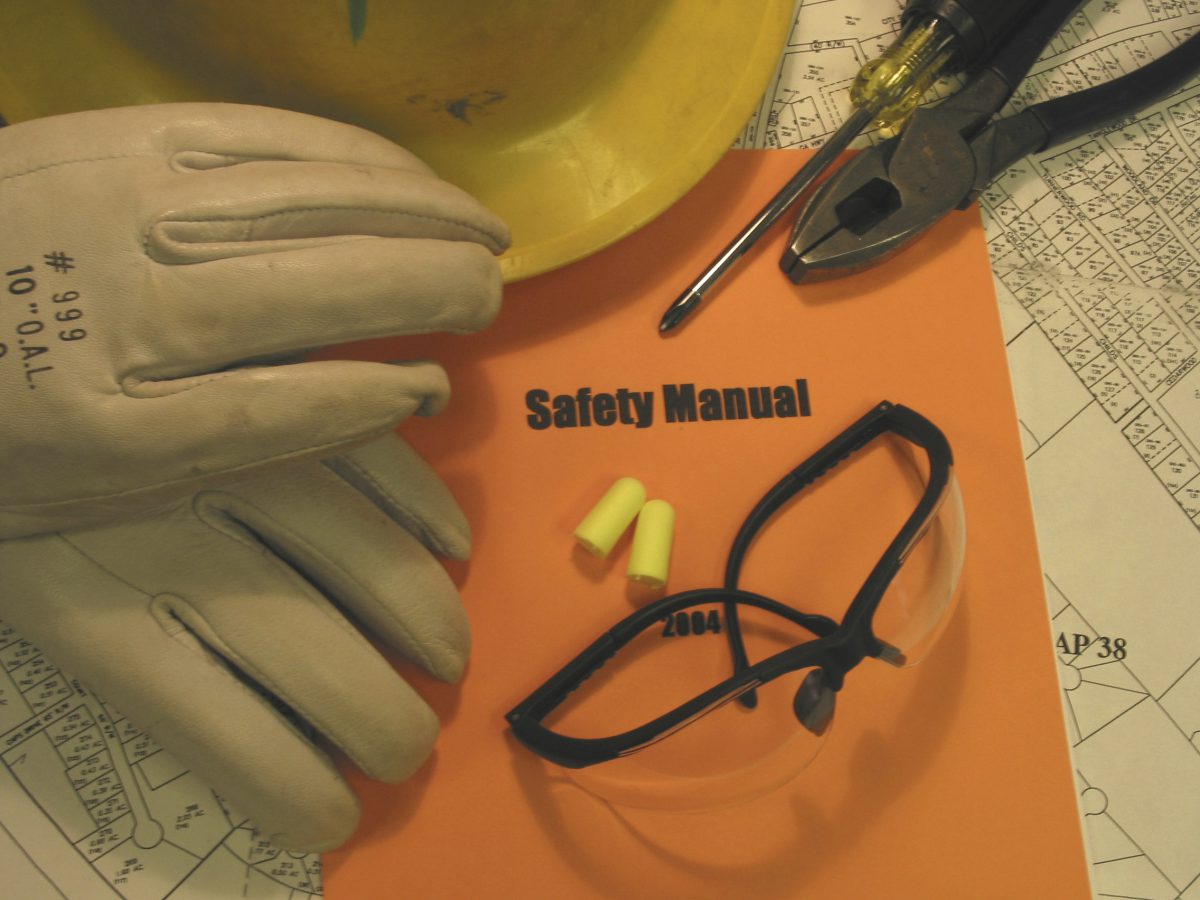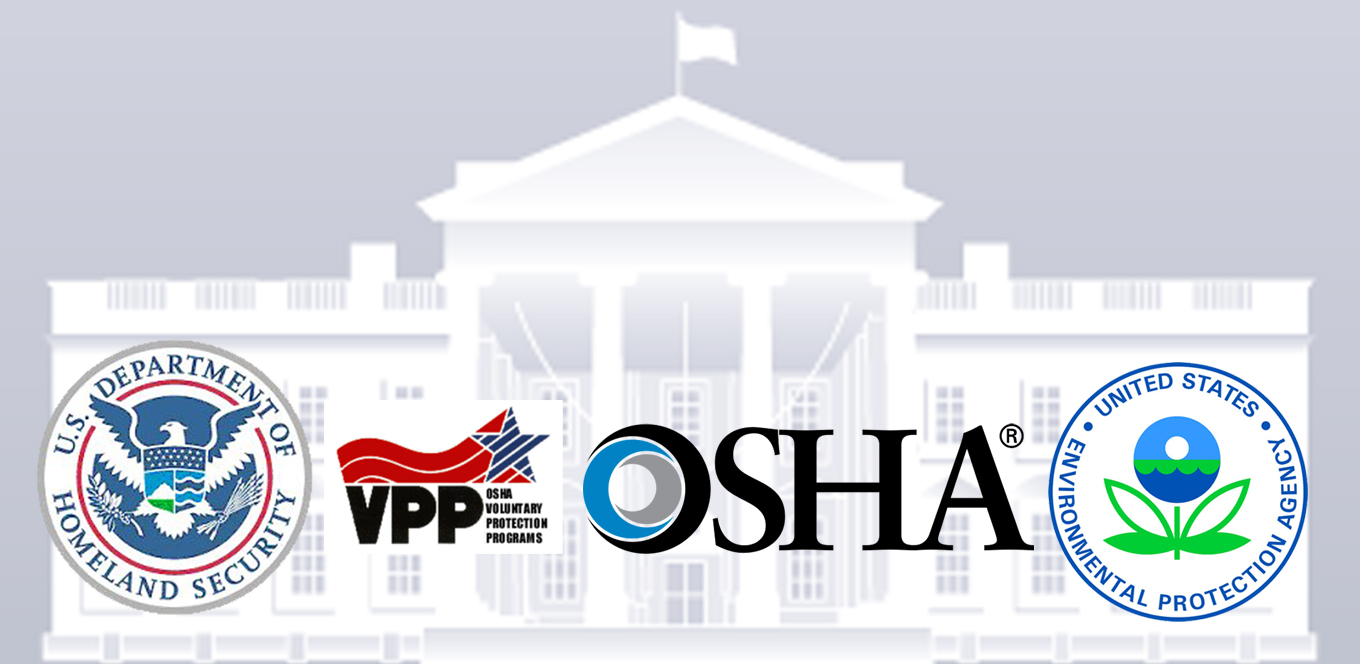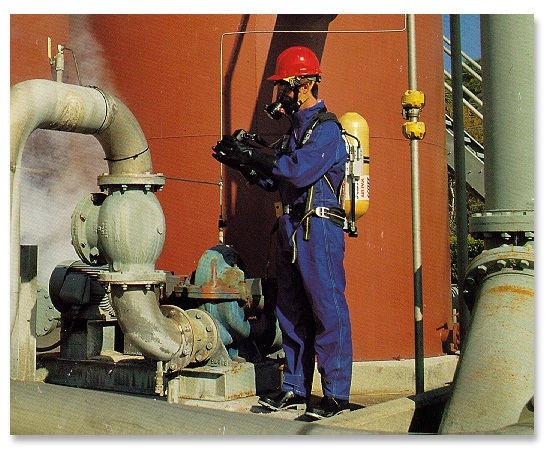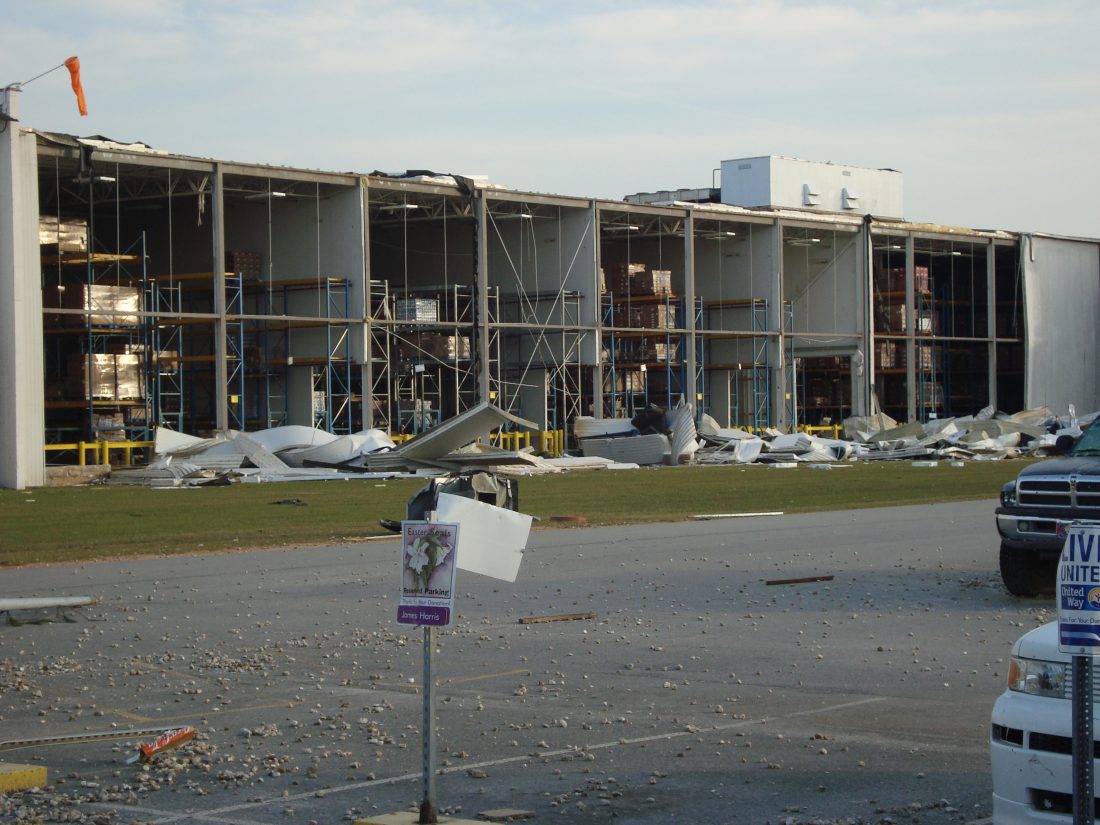Green Globes ® Gains Traction as Alternative to LEED ®
For many companies, obtaining LEED (Leadership in Energy and Environmental Design) certification is often too costly, and the documentation process too cumbersome, to warrant the effort. While not as well recognized, Green Globes is gaining traction as a less-expensive and more user-friendly alternative to LEED certification. Established in the U.S. in 2004, Green Globes is administered by the Green Building Initiative (GBI).
Continue Reading “Green Globes ® Gains Traction as Alternative to LEED ®”




